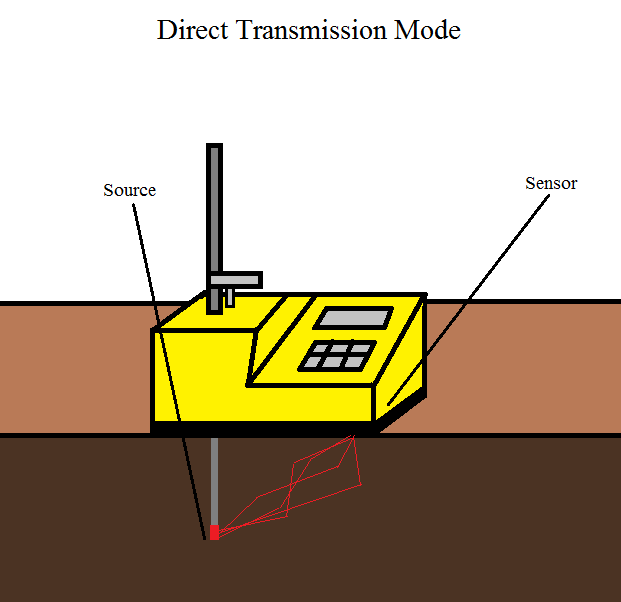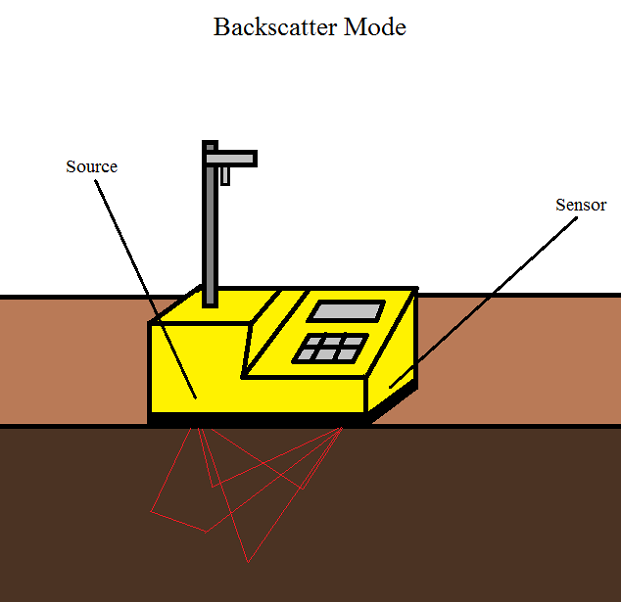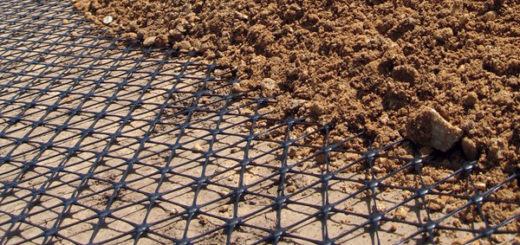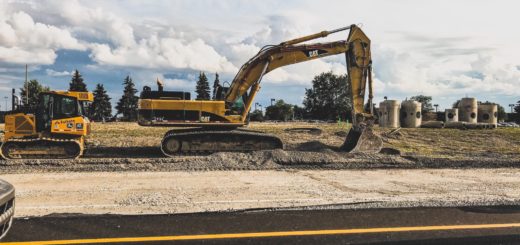How a Nuclear Density Gauge Works
Please see this article from our company website for additional information.
In this article, I will cover the basics of how a nuclear density gauge works. Also known as a “nuke gauge”, “nuclear densometer”, or simply just “nuke”, its method of testing is fairly simple to understand.
As a first step to understanding how a nuclear densometer works, you should know the basic components of the gauge. A nuclear geotechnical gauge consists of 3 main elements:
- Source Rod – the rod that you insert into the soil has a radioactive tip
- Sensors – located at the back of the gauge, the sensors detect the amount of radiation coming from the source rod
- Display/controls – where you input the proctor value, set the testing depth and time, etc
Although how each component works on its own would be very complicated, how they work together is quite simple.
How does a nuclear density gauge work?
A common question on construction sites, and one you should definitely know the answer to. To a contractor, your knowledge and confidence plays a big role in their perception of you. If you just stutter out “I don’t know” to a question about your nuclear densometer, you’ll have a hard time when telling them their last lift has failed compaction and they’ll need to recompact. Knowing the answer to this question will give a deeper understanding of the results from each test, as well as being able to accurately and confidently answer questions about the gauge from curious contractors at the job site.
How does a Nuke Determine Density?
I’m sure you’re aware that there are two different modes of testing that a nuclear densometer can perform: Direct Transmission Mode and Backscatter mode. Although not apparent through regular use of the nuke, the gauge actually judges the collected radiation differently in the different modes and reports the results accordingly.
While in direct transmission mode, the sensor (located in the back of the nuclear density gauge) measures the amount of gamma radiation given off by the source rod. Simply put, the less radiation detected by the sensor the higher the material’s density. This is why it is important to select the correct depth of penetration of the source rod, as a more shallow depth will allow for more radiation to reach the sensor than if it were deeper in the same material.

In backscatter mode, the source is in the same plane as the sensor. The shielding within the gauge means that radiation given off the source must first be deflected by the material before reaching the sensor. This means that the more radiation detected by the sensor the higher the material’s density.

An important note to make is that in backscatter mode, the results are heavily weighted to the top few inches of material, where compactive efforts are strongest. Meaning that smaller lifts should be filled and compacted if the material is granular or contains a lot of gravel, making it unsuitable for direct transmission mode.
How does a Nuclear Densometer Measure Moisture Content?
The source rod uses two different types of radiation to provide complete measurements. Gamma radiation is used to measure density and neutron radiation is used to measure moisture content.
Neutrons are released from the source and emanate out, colliding with hydrogen molecules within water, or organic material within the soil. When a neutron collides with hydrogen, its speed is reduced and further collisions with hydrogen no longer slow the particle. The higher the number of slowed particles detected by the sensor, the more hydrogen is in the material.
It is important to note that water is not the only thing found in soils that can contain hydrogen. Another commonly found source of hydrogen in soil is organic material. If the material being tested feels dry but the gauge is giving a reading indicating a high moisture content and low air voids, it is very likely that the material is organic. Organic material is not suitable for construction in most cases. Another method of detecting organics in the soil being tested is to smell it and to check if the soil being tested is black. If the soil exhibits a strong odor, high gauge moisture content but feels dry, and is black, it certainly contains organic material.
Conclusion
A geotechnical professional must become accustomed to using judgment through the accumulation of knowledge. There are a lot of unknowns and variables on each construction site, and you must be able to assess them on the fly and provide judgments based on your knowledge and the tools you have available to you. Thankfully, the nuclear densometer gauge is a powerful tool that allows for real-time reporting of results, enabling you to provide confident recommendations about the soil being tested.
As an Amazon Associate I earn from qualifying purchases.


